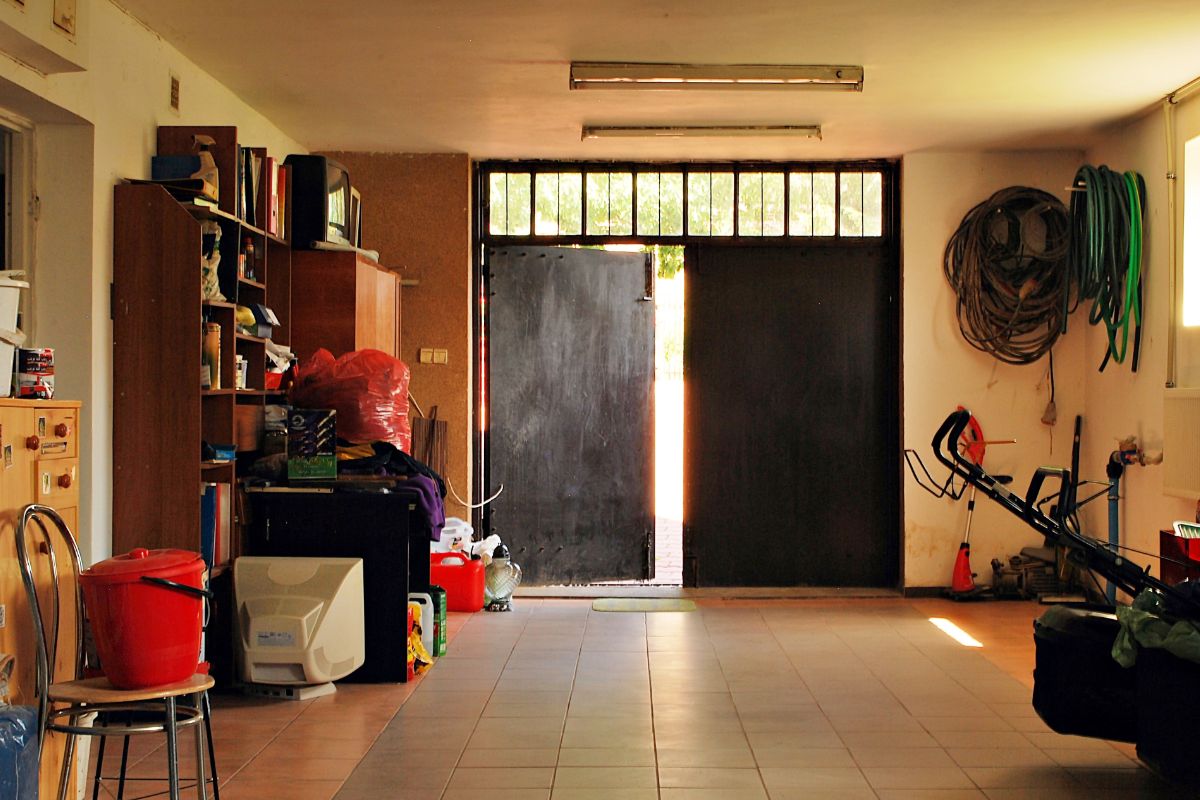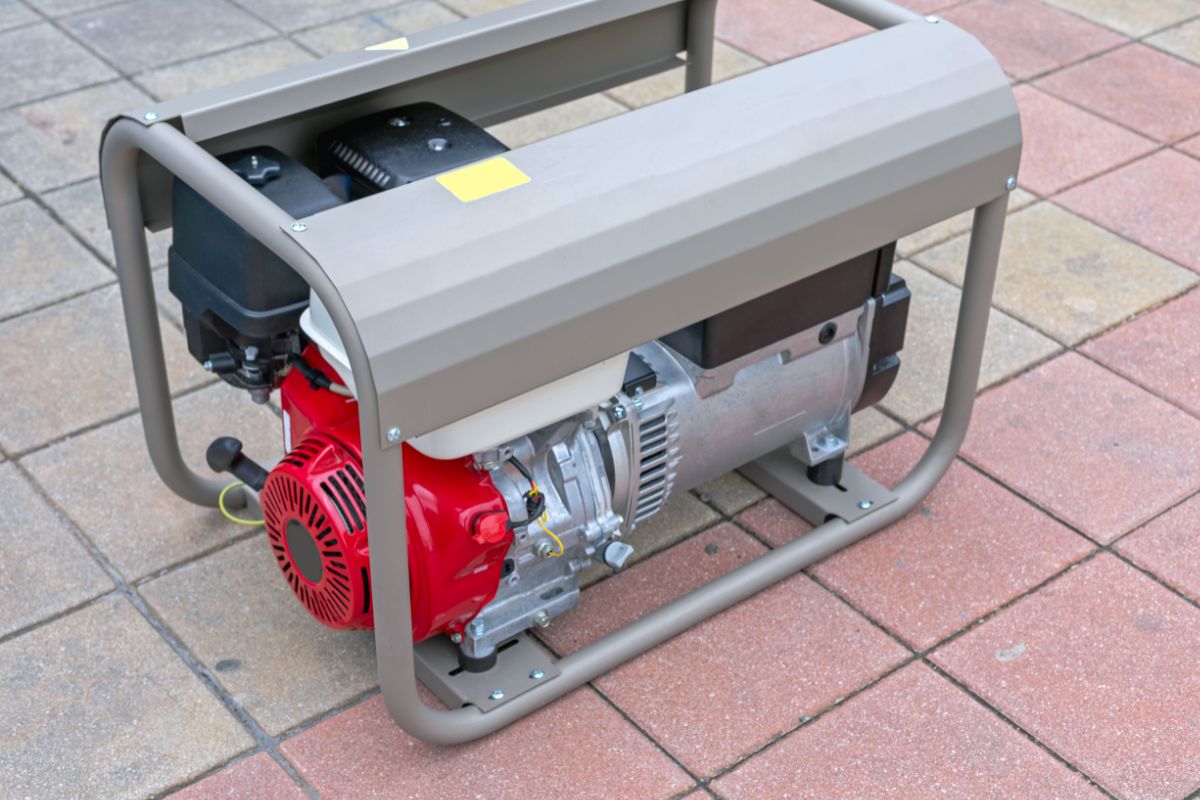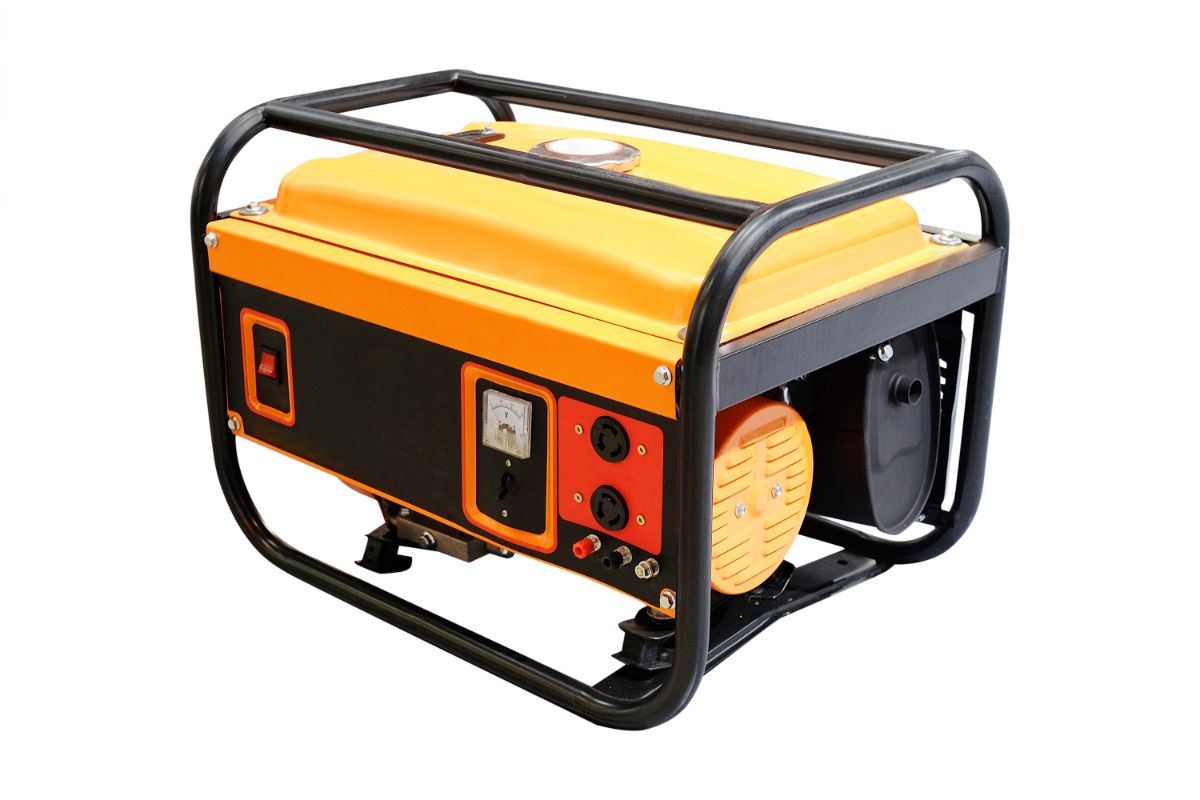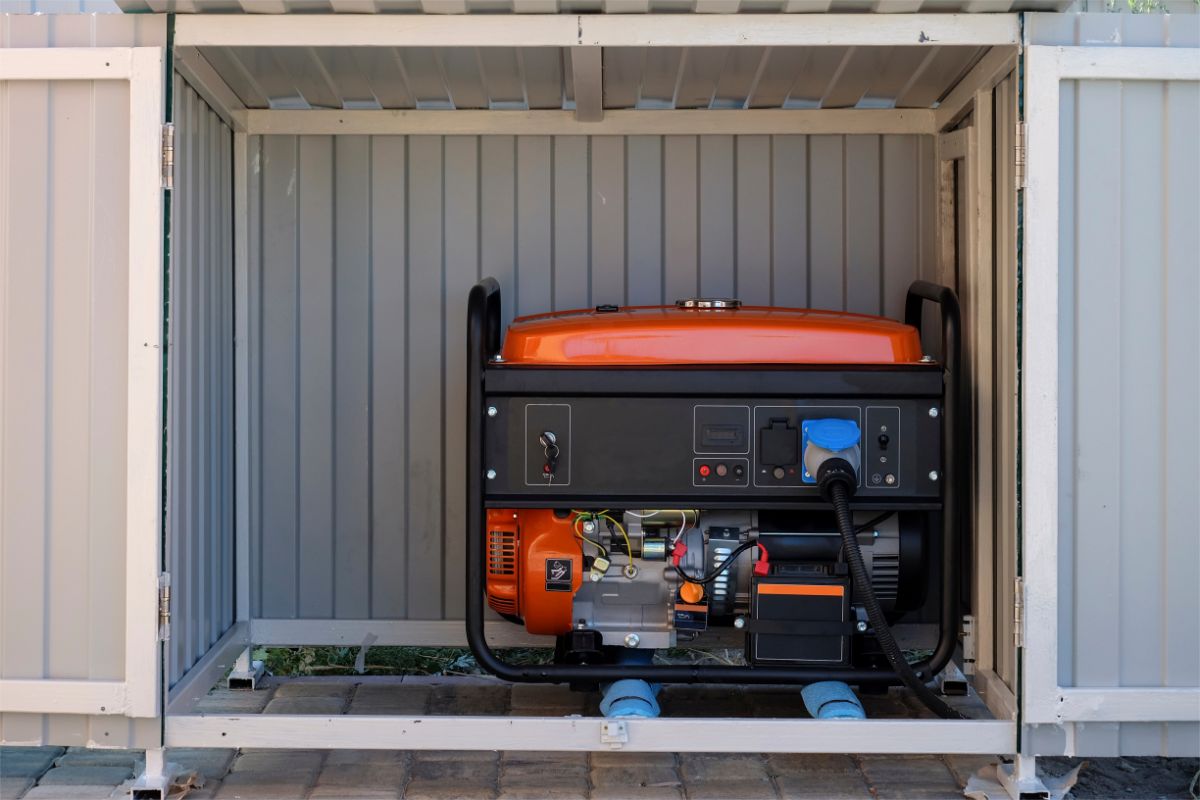We all like generators to be reliable, but when it comes to whole house standby generators, we’re even more reliant on them to save our souls in sticky situations, which means we need to be discerning when shopping around for one.
There are a few brands leading the pack in this area of the supplementary power market, but one that seems to be turning some serious heads is Cummins, a company with plenty of experience in the industry and an eye for innovation.
So, I had the RS25 25kW Cummins Standby Generator installed on my property to see just how good this company’s units are, and here’s what I found out.
Cummins RS25 Whole House Generator At A Glance
OUR TOP PICK
Cummins RS25 Whole House Generator
The Cummins RS25 is a powerful generator designed to keep your home in full swing when the world at large seems to grind to a halt, but Cummins understand that brawn isn’t everything.
What makes the RS25 standby stand out is the attention to detail and all the thoughtful little innovations that make it easy to maintain and run.
Cummins RS25 Whole House Generator: Pros & Cons
Pros
- Liquid cooling improves performance and keeps running volume down
- Robust, corrosion-resistant enclosure
- Roomy enclosure makes maintenance a walk in the park
- Fast activation minimizes time spent in the dark
- Hinge doors grant easy access to the inner workings
- PowerCommand module grants comprehensive remote control
- Auto-switch dual fuel design
Cons
- Battery not included
- Price tag is a little daunting
Installation
Okay, so full disclosure, I didn’t install my Cummins standby generator myself, as the company stipulates that all of their standby products must be installed by certified professionals in compliance with local building codes.
And, to be honest, I’m glad that’s the case.
One benefit of shooting for professional installation is peace of mind knowing that everything has been done by the book and that the generator will kick into action in the event of a blackout without any drama or mishaps.
Another benefit of outsourcing installation is that it’s a pretty intense process that requires lots of in-depth knowledge.
Even though the manual details the installation steps, it’s hard to make heads or tails of it without prior experience in this area.
Enclosure Design
Ferocious storms are a common cause of blackouts, meaning anything we plan on using as a backup needs to be able to handle extreme weather, so I was incredibly thankful that the RS25 enclosure is such a robust design.
Crafted entirely from powder-coated aluminum, it’s both strong and corrosion resistant, which is perfect for my drizzly climate, and as it can withstand winds of up to 180 miles per hour, it’s more than capable of keeping the lights on when the weather cuts grid power.
What’s more, the enclosure is fitted with hinged doors, which is an absolute godsend where maintenance is concerned, but more on that in a moment.
Battery
Unfortunately, the RS25 doesn’t arrive with a battery, so you’ll need to make this one aftermarket purchase to get your system up and running.
And if you’re wondering why you’d need a battery to run a standby generator, it’s used primarily as a means of ignition but will also supply power to your control panel.
You don’t need anything fancy.
I’d recommend picking up a standard group 26 car battery, as these are the batteries used in high performance Dodge and Subaru cars, so they’re pretty darn reliable, and they’re not that expensive either.
What this generator does arrive with, on the other hand, is a battery charger wired into the system, so whichever power supply you bring into the fold, you’ll be able to keep it in tip-top shape without ever removing it from the generator enclosure.

Maintenance
In my opinion, the best thing about the RS25 is how much thought has gone into making maintenance a total doddle.
This has been accomplished in a number of ways, but the inclusion of a drainage hose is something that springs immediately to mind.
I’ve got friends with Generac whole house generators that complain ceaselessly about how difficult it is to remove the oil from their units, but with this addition, draining oil is both mess- and pain-free.
What’s more, there’s plenty of room within the enclosure for maneuvering when dealing with individual parts.
I know that some might prefer a more compact footprint to an easier job servicing the generator, particularly if you plan on outsourcing all maintenance to professionals, but I much prefer having clear points of access.
Even the components that are more tucked away are quite easy to work with. The alternator, for instance, isn’t completely hidden, so if you need to change the belt, it’s a very simple job.
Fuel
I always appreciate a dual fuel design, especially in a backup generator that’s going to keep the lights on in the event of an emergency, because, as we all know, certain fuels can get real expensive and real scarce when the going gets tough.
But the RS25 takes things a step further by introducing automatic fuel switching.
Simply put, you can fill up on both fuel types, and when one tank runs dry, it will seamlessly switch to the other tank without missing a beat.
You don’t have to worry about any manual transitions; the RS25 takes care of everything entirely on its own.
Power & Capacity
Typically speaking, the average American homestead needs between 5000 and 7000 watts to run as normal, meaning as much as 20kW may be needed from a backup.
The RS25 offers an additional 5kW, giving you a nice bit of headroom that frees you up for increased power demands in the future, and as long as there’s fuel available, it can run indefinitely, keeping you safe during extended blackouts.
Generally speaking, though, it’s best to limit continuous runtime to 500 hours.
Performance
I’ve yet to put this generator through its paces in an actual blackout, but I was able to simulate a number of outages simply by switching off the utility power to my house, and I was very happy with the results.
Within 10 seconds, the generator jumps in to shoulder the power burden and keep your household running.
In instances of planned or predicted outages, you can set it going a minute or two in advance to bring down the transfer latency to fractions of a second.
The transfer back to grid power when it returns is just as snappy. In fact, my lights didn’t even flicker when I flipped the utility switch back on.
Once its duties are complete, the generator enters a cool-down period, easing it into inactivity and preventing instances of mechanical whiplash.
And as for running volume, I measured highs of 64 dBA, but most of the time, you can expect a lower noise level around the same volume as a normal conversation, which I attribute mostly to the liquid cooling system, but the sound-treated enclosure helps too.
Control Panel
Presenting a collection of essential data sets such as phase current, battery voltage, coolant temperature, frequency, rpm, and running duration in a clear and concise manner, the PowerCommand control module in the RS25 gives you complete control over your backup.
You can also download the Cummins PowerCommand companion app that allows you to control and monitor your generator remotely, which is some pretty heads-up design considering blackouts may coincide with storms and other situations that perhaps make it unsafe to leave the home.
Another trick up PowerCommand’s sleeve is industry-leading self-diagnostics.
Not only does the layout of this Cummins standby generator facilitate pain-free maintenance, the control center will actually discover and detail problems for you.
In light of this, you can save money on fixes, as engineers will know exactly what to do to solve the problem before they begin.
Transfer Switch
Cummins only use the finest components in their transfer switches, which is part of the reason I was drawn to their generators in the first place, but it isn’t just the components themselves that are great.
The entire transfer switch system layout is a work of art. The cable management is next level, everything has its own space, and no matter what section of the network you’re trying to examine, you get clear visuals.
Essentially, the same maintenance-forward approach that Cummins affords the generators themselves is also afforded to the transfer switches, or in my case, switches (it’s a long boring story that you don’t need to hear).
Even all the small relay wires are woven perfectly into an intuitive flow that you can glean with only a very rudimentary understanding of electrical equipment and circuits.
Final Thoughts
All things considered, I’m overjoyed with my Cummins whole house generator. I hear a number of complaints from friends with competing standbys, and none of these irks seem to apply to the RS25, so even though it’s a costly investment, it’s one I’m glad I made.
I can’t fault this machine on any front, but in my eyes, what gives the RS25 its edge is the emphasis Cummins have placed on ease of maintenance, as this promises to extend its service life by years, possibly even decades.
I give the Cummins RS25 Whole House Generator 4.9/5



